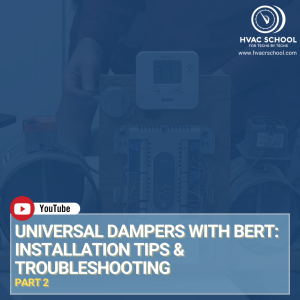BACK
 Upgrading a Single-Pole Contactor with a SureSwitch: Using a Wiring Diagram
Upgrading a Single-Pole Contactor with a SureSwitch: Using a Wiring Diagram
 Contactor Alternatives and Upgrades
Contactor Alternatives and Upgrades
 Universal Condenser Fan Wiring Options
Universal Condenser Fan Wiring Options
 Pull The Condenser Top
Pull The Condenser Top
 An Electric Heat Mistake
An Electric Heat Mistake
 Double Lugging, A Common Mistake
Double Lugging, A Common Mistake
 Bending EMT
Bending EMT
 Bending EMT
Bending EMT
 Strip Control Wires Properly
Strip Control Wires Properly
 Bending EMT
Bending EMT
 Wiring in Condenser Fan Motors – Short #199
Wiring in Condenser Fan Motors – Short #199
#wiring
Tech Tips:
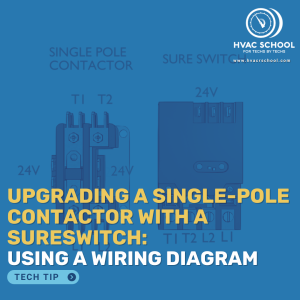
Along the path to becoming a great HVAC technician lies the dreaded wiring diagram. It's meant to be a helpful map of the equipment's electrical system, but with its crisscrossing lines and cryptic symbols, it often feels more like a barrier than a guide. If this sounds familiar, you're not alone. But what if you […]
Read more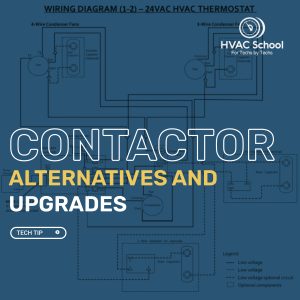
Our HVAC equipment can’t run without the contactor coil, but contactors can develop problems with age and during high-voltage electrical events. Contact pitting is unmistakable, and it’s unfortunately all too common in areas where bugs can get into the coil and fry on the contacts. Factor in problems with the utility, such as brownouts and […]
Read more
Assessing the Situation It is fairly common for a service technician to come across a failed condenser fan motor in the field. It doesn’t matter if we are talking about really old or fairly new equipment—condenser fan motors sometimes fail. The issue is deciding whether to use an OEM (Original Equipment Manufacturer) or a universal […]
Read more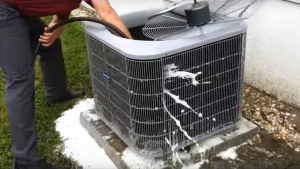
The photo above is from a video one of my techs took of proper condenser cleaning. I must say, he did a GREAT job of cleaning the coil, and he was very careful with the top. However, I STILL would have liked to see him pull the condenser top completely during a full maintenance procedure. […]
Read more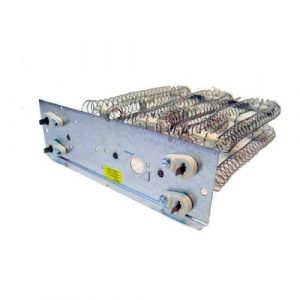
I started working as a tech when I was 17 years old, fresh out of trade school. My first winter out on my own, I went to a service call in an older part of Orlando, a part of town I had never worked in before. It was an especially cold winter that year, and […]
Read more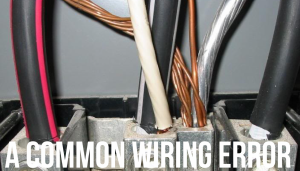
Connecting more than one wire on or under a single lug or connection point is called “double lugging,” and it is ONLY allowed in line voltage wiring under one condition, according to NEC 110.14: If the terminal, lug, or connector is specifically rated for more than one wire In the case of a conductor splice, […]
Read more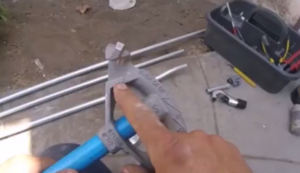
I was about 13 years old the first time I bent EMT with my uncle. We were doing a renovation at a church; watching him bend EMT and then getting to do it MYSELF was a truly religious experience. There are a few things in the trade where workmanship really comes into play, such as […]
Read more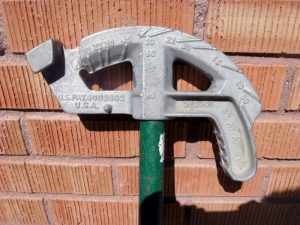
I was about 13 years old the first time I bent EMT with my uncle. We were doing a renovation at a church; watching him bend EMT and then getting to do it MYSELF was a truly religious experience. There are a few things in the trade where workmanship really comes into play, such as […]
Read more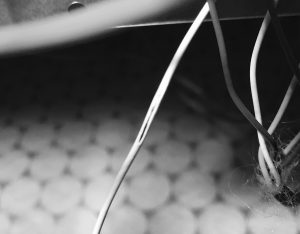
Erich Vinson is a tech from Colorado and one of the most entertaining people I interact with online. He wrote this quick tech tip on stripping back the outer jacket properly on control wires, and it happens to also be something I preach. Thanks, Erich. In the first picture (above), you can see what happens […]
Read moreVideos:

I was about 13 years old the first time I bent EMT with my uncle. We were doing a renovation at a church, and watching him bend EMT and then getting to do it MYSELF was a truly religious experience. There are a few things in the trade where workmanship really comes into play such […]
Read morePodcasts:
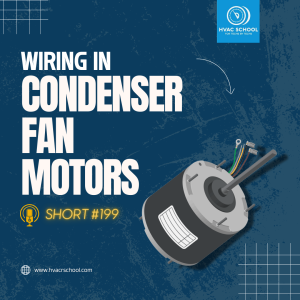
In this short episode, Bryan talks about wiring in condenser fan motors, including aftermarket motor considerations and the different wire configurations. When condensing fan motors fail, we need to know what to use to replace them. We often use PSC motors, though in cases when we replace a motor with an ECM, we still […]
Read more

